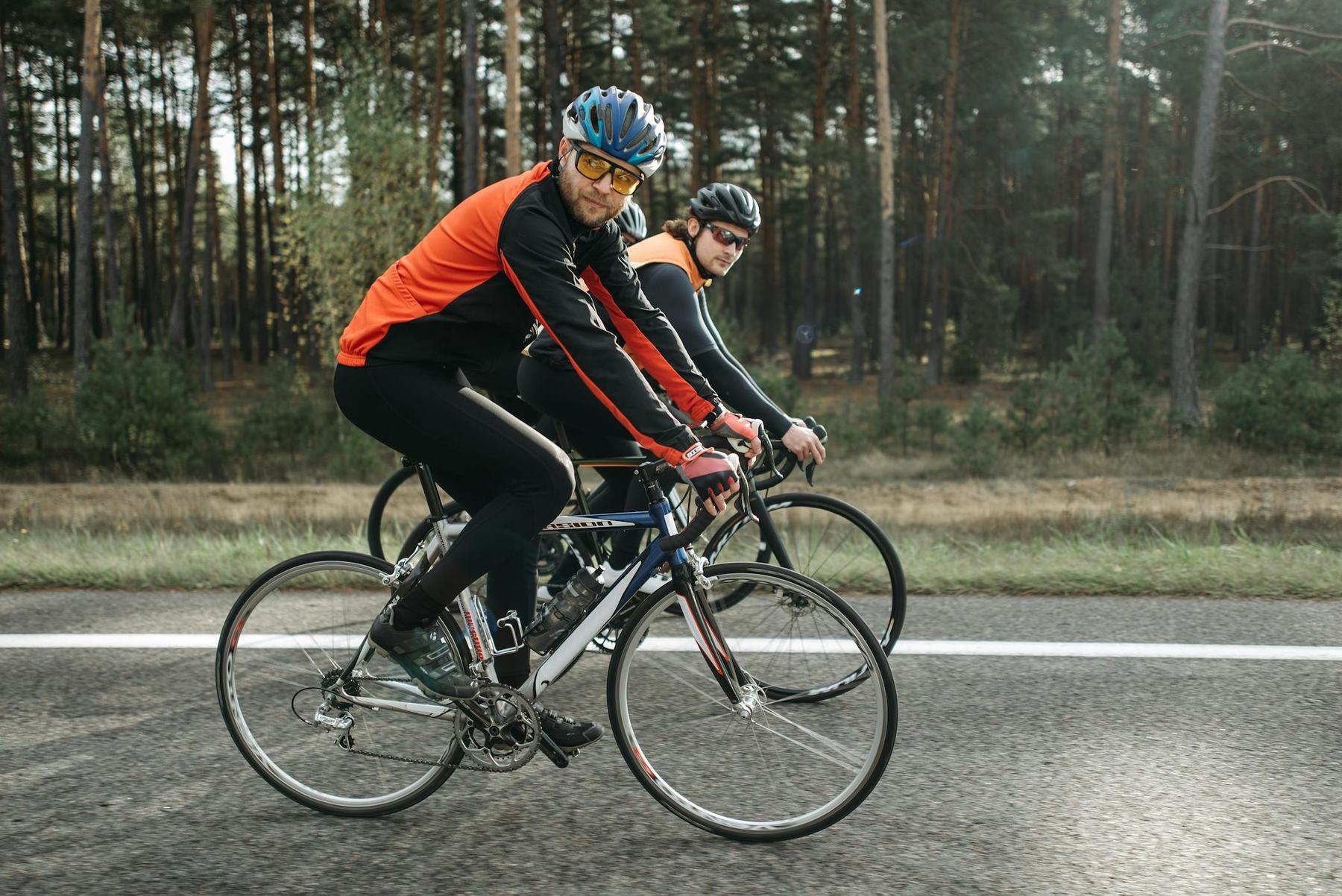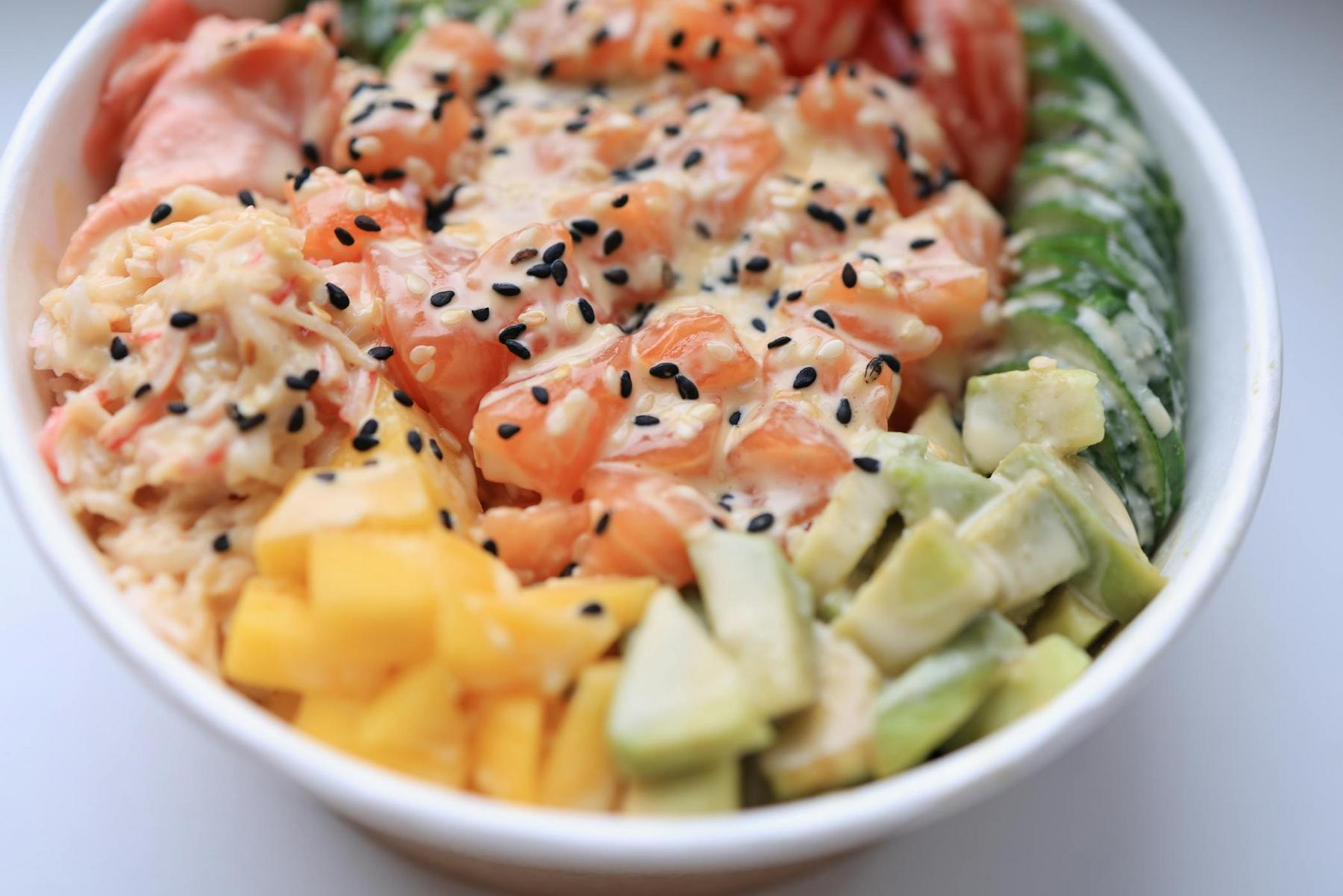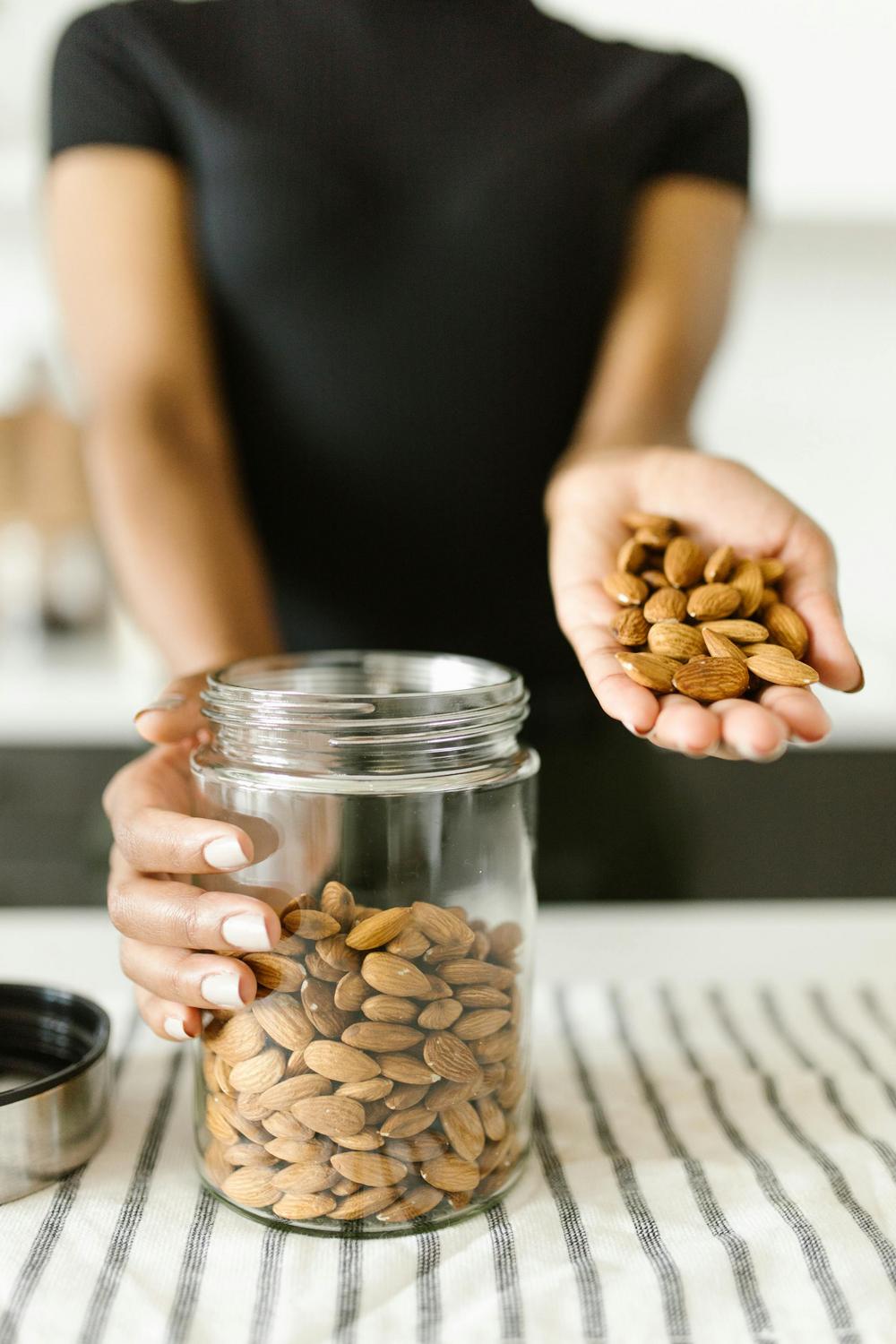Over 55% of Australian adults fail to meet national physical activity guidelines, contributing to rising obesity rates and chronic disease burden. While traditional exercise programs often feel like punishment, the solution may lie in reframing movement as play. Choosing hobbies that encourage movement transforms necessary physical activity into engaging pursuits that support long-term weight management and overall health outcomes.
Why Do Traditional Exercise Routines Fail to Encourage Long-Term Movement?
Traditional exercise prescriptions often ignore the psychological drivers of sustained physical activity. Clinical research demonstrates that activities chosen purely for their caloric expenditure create external motivation patterns associated with poor long-term adherence. When movement becomes a chore rather than a choice, participants experience what behavioural scientists term “motivational crowding-out” – where external pressure diminishes intrinsic enjoyment.
The Self-Determination Theory framework reveals three critical components for sustainable activity engagement. Autonomy requires individuals to feel volitional control over their movement choices rather than following prescribed routines. Competence develops through progressive skill mastery, which traditional cardio equipment cannot provide. Relatedness emerges from social connections formed around shared interests, absent in solo gym attendance.
Hobby-based movement addresses these psychological needs simultaneously. A cyclist developing technical skills on Melbourne’s Capital City Trail experiences competence growth while choosing their route (autonomy) and potentially joining group rides (relatedness). This integrated approach explains why hobby-based activities demonstrate 37% higher adherence rates compared to conventional exercise programs.
The neurochemical response differs markedly between obligatory exercise and chosen movement. Hobbies that encourage movement trigger endogenous reward pathways through dopamine release associated with skill development and social interaction, rather than relying solely on post-exercise endorphins that quickly dissipate.
Which Types of Movement-Based Hobbies Deliver the Best Health Outcomes?
Evidence-based analysis reveals distinct categories of movement hobbies, each offering specific physiological and psychological benefits. Understanding these categories enables targeted selection based on individual health goals and preferences.
Outdoor Adventure Pursuits leverage Australia’s diverse natural environments whilst providing comprehensive fitness benefits. Coastal hiking burns approximately 550 calories per hour whilst improving balance through varied terrain navigation. Mountain biking combines high-intensity interval training with skill development, burning 700-1000 calories hourly depending on elevation changes. For urban residents, parkour adapts public infrastructure into obstacle courses, developing functional strength whilst burning 500-800 calories per hour.
Structured Movement Disciplines provide guided progression systems ideal for systematic health improvements. Reformer Pilates combines resistance training with core stabilisation, burning 200-400 calories per hour whilst improving postural alignment. Ballroom dancing delivers 300-500 calories per hour of cardiovascular exercise through structured choreography that enhances coordination and social engagement. Emerging hybrid formats like aerial yoga merge strength training with flexibility work, demonstrating 64% greater caloric expenditure than traditional mat-based practices.
Everyday Movement Integration demonstrates that physical activity need not be confined to designated exercise periods. Active commuting via cycling burns 400-600 calories per hour whilst reducing sedentary time – Melbourne’s bike share users average 45 minutes of daily activity. Gardening combines functional movement patterns like squats and lunges (250-400 calories per hour) with exposure to vitamin D-producing sunlight and stress-reducing natural environments.
| Activity Category | Caloric Expenditure* | Primary Benefits | Accessibility Level |
|---|---|---|---|
| Outdoor Adventures | 550-1000 kcal/hr | Cardiovascular fitness, balance | Moderate-High |
| Studio Disciplines | 200-500 kcal/hr | Strength, flexibility, coordination | High |
| Lifestyle Integration | 250-600 kcal/hr | Consistency, practical benefits | Very High |
| Water Activities | 300-800 kcal/hr | Joint-friendly, full-body workout | Moderate |
*Based on 85kg individual engaging in moderate-intensity activity
How Do You Match Hobbies to Your Current Fitness Level and Health Status?
Clinical assessment should guide hobby selection to ensure safety whilst maximising therapeutic benefits. The Australian Obesity Management Algorithm provides evidence-based recommendations for activity matching based on BMI classification and comorbidity profiles.
Individuals with BMI 27-29.9 can typically engage in higher-impact activities like cycling and swimming, which burn 300-500 calories per hour whilst building cardiovascular capacity. Those with BMI 30-34.9 benefit from moderate-impact options such as dance classes or racquet sports, delivering 400-600 calories per hour of energy expenditure. For individuals with BMI above 35, low-impact activities like water aerobics and yoga provide 200-400 calories per hour whilst preserving joint integrity.
Joint preservation becomes critical as BMI increases. Aquatic activities provide 80% weight-bearing reduction compared to land-based exercise, making swimming and water aerobics optimal choices for those with arthritis or mobility limitations. Gradual progression systems in activities like rock climbing allow safe strength development, beginning with auto-belay walls before advancing to outdoor routes.
Cardiovascular considerations require particular attention. Those with existing heart conditions should focus on activities allowing easy intensity modulation, such as cycling where pedal assistance and terrain selection provide natural interval training. Dance classes offer social engagement whilst maintaining controllable exertion levels through movement modification.
The psychological profile equally influences appropriate matching. Research identifies three distinct motivational categories: amotivated individuals (43% of those with obesity) respond best to social activities like group walks, extrinsically motivated persons (36%) engage with gamified options featuring achievement systems, whilst intrinsically motivated individuals (21%) prefer skill-based pursuits like martial arts or circus training.
What Are the Most Accessible Movement Hobbies for Australian Adults?
Accessibility encompasses financial, geographical, and skill-based barriers that prevent hobby adoption. Urban planning studies demonstrate that activities within 1.5 kilometres of residence achieve 74% higher participation rates, making location analysis crucial for sustainable engagement.
Melbourne’s infrastructure supports diverse accessible options. The city maintains 30 kilometres of protected bike lanes enabling safe cycling commutes, 127 public pools offering low-impact aquatic programs, and 46 community centres providing subsidised dance and yoga classes. Regional areas may require different approaches, with bushwalking groups and community sports clubs offering social movement opportunities.
Low-Cost Entry Options remove financial barriers to participation. Parkrun Australia operates 17 Melbourne locations offering free weekly 5-kilometre events with supportive community atmosphere. Walking groups like South Melbourne Walkers provide Heart Foundation-endorsed programs requiring no equipment beyond comfortable footwear. Public pool access enables affordable swimming with concession rates available for healthcare card holders.
Home-Based Alternatives address time and transportation constraints. Technology-enhanced options like VR fitness games provide immersive experiences burning 500-700 calories per hour, particularly effective for younger demographics showing 72% adherence rates compared to 54% for traditional gym programs. Online dance classes and yoga tutorials enable convenient scheduling whilst maintaining movement variety.
Skill-Progressive Activities accommodate beginners whilst offering advancement pathways. Tai chi classes welcome participants regardless of fitness level whilst providing measurable health benefits including 27% cortisol reduction compared to sedentary controls. Rock climbing gyms offer beginner-friendly auto-belay systems progressing to more challenging routes as competence develops.
How Can You Overcome Common Barriers to Starting Active Hobbies?
Barrier identification and targeted intervention strategies significantly improve adoption rates for movement-based hobbies. Clinical assessment should address physical, psychological, and environmental obstacles to create personalised implementation plans.
Physical Limitation Adaptations ensure safe participation regardless of current mobility status. Aquatic cycling eliminates joint impact whilst maintaining resistance training benefits, suitable for those with arthritis or significant excess weight. Chair yoga preserves 78% of metabolic benefits for individuals with mobility restrictions. Electric-assist bicycles enable cycling participation with 50% reduced physical exertion, perfect for those rebuilding cardiovascular capacity.
Psychological Barrier Mitigation employs evidence-based behavioural techniques. Implementation intentions (“When I finish work on Tuesday, I’ll attend the 6 PM dance class”) increase adherence by 43% through pre-commitment strategies. Habit stacking links new activities to existing routines, requiring 21% less willpower for maintenance. Small wins tracking via smartphone applications improves self-efficacy by 58% over 12-week periods.
Environmental Modifications address practical obstacles to participation. Time-use research recommends “activity stacking” – combining hobbies with socialising through walking meetings or family activities like backyard cricket. Working parents utilising 15-minute “exercise snacks” throughout the day maintain 80% of continuous workout metabolic benefits whilst accommodating busy schedules.
Social Support Systems leverage community connections for sustained engagement. Social prescription programs connecting individuals to groups like Birrarung Cycling Club demonstrate 32% higher six-month retention compared to solo exercise plans. Group activities provide built-in accountability with participants 58% more likely to maintain regular attendance compared to individual exercisers.
Integrating Movement Hobbies into Comprehensive Health Management
The strategic selection of movement-oriented hobbies represents a paradigm shift in health promotion, moving beyond clinical exercise prescriptions to sustainable lifestyle integration. By aligning activities with individual biomedical profiles, psychological preferences, and environmental contexts, Australians can achieve the evidence-based activity thresholds associated with significant health improvements.
Successful hobby integration requires ongoing assessment and adjustment. What begins as aquatic exercise for joint protection may progress to hiking as fitness improves. Dance classes chosen for social connection might evolve into competitive ballroom as skills develop. This dynamic approach maintains engagement whilst supporting progressive health gains.
The psychological benefits extend beyond physical outcomes. Hobby-based movement addresses stress-related eating patterns reported in 63% of individuals with obesity through mindfulness components inherent in activities like yoga and tai chi. Social connections formed through group activities combat isolation whilst providing accountability systems that support long-term behaviour change.
Healthcare providers should consider movement hobby assessment as integral to comprehensive weight management. Understanding patient preferences, constraints, and motivations enables personalised recommendations that enhance treatment adherence and outcomes. The future of sustainable health improvement lies not in prescriptive exercise regimens, but in the joyful rediscovery of movement through purposeful play.
How many hours per week should I dedicate to movement-based hobbies for weight management?
Clinical guidelines recommend 300-420 minutes of moderate-intensity activity weekly for meaningful weight loss, translating to approximately 5-7 hours spread across multiple sessions. However, starting with 150 minutes (2.5 hours) weekly provides substantial health benefits and creates a sustainable foundation for progression. The key is consistency rather than intensity – three 50-minute dance classes weekly deliver superior long-term outcomes compared to sporadic intensive sessions.
Which movement hobbies are safest for people with joint problems or high BMI?
Water-based activities offer optimal safety profiles for those with joint limitations or significant excess weight. Swimming, aqua aerobics, and pool walking provide 80% weight-bearing reduction whilst maintaining cardiovascular and strength benefits. Chair-based exercises like seated yoga or tai chi preserve 70-80% of metabolic benefits for those with severe mobility restrictions. Always consult healthcare providers before beginning new activities, particularly with existing medical conditions.
Can movement hobbies replace structured gym workouts for weight loss?
Research demonstrates that hobby-based movement can be equally effective for weight management when meeting recommended duration and intensity guidelines. The advantage lies in superior adherence rates – individuals are 37% more likely to maintain hobby-based activities long-term compared to gym routines. The social engagement, skill development, and intrinsic enjoyment associated with hobbies create sustainable behaviour patterns that support lasting health improvements.
How do I know if I’m getting enough exercise from my movement hobbies?
Monitor both objective measures (heart rate, duration, frequency) and subjective indicators (energy levels, sleep quality, mood). Aim for activities that elevate heart rate to 50-70% of maximum (approximately 220 minus your age) for cardiovascular benefits. If you can maintain conversation during activity, you’re likely in the appropriate moderate-intensity zone. Wearable fitness trackers provide helpful feedback on calories burned and activity duration to ensure you’re meeting weekly targets.
What should I do if I lose interest in my chosen movement hobby?
Decreased interest is normal and provides an opportunity for exploration rather than failure. Consider seasonal rotation – cycling in summer, indoor dance classes in winter – to maintain variety. Skill progression often reignites engagement; advancing from basic to intermediate classes or joining competitive groups adds challenge. Social elements like finding activity partners or joining clubs frequently restore motivation. Remember that changing activities maintains the same health benefits whilst preventing boredom-related dropout.



